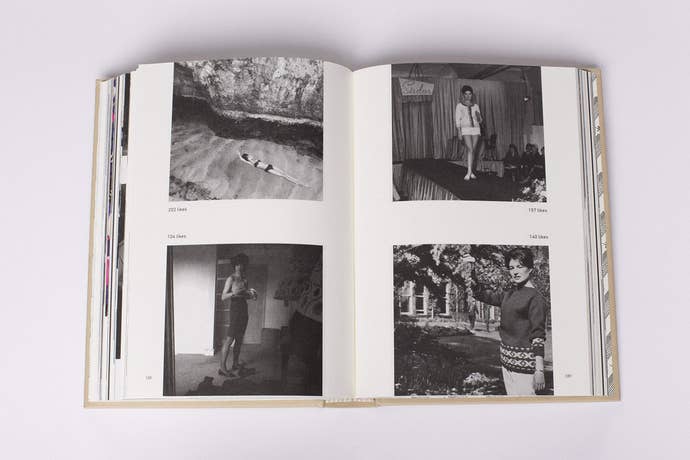“Estefania’s ex-boyfriend suggested she wear darker jeans.”
Drawings, paintings, photographs, found objects, and text: Leanne Shapton’s work crosses boundaries.
So what brings it all together?

This: she is a poet of absence.
It would be so easy for this book to be a conceit, a gimmick.
But instead it is forensic yet, somehow, deeply tender.

“Estefania’s ex-boyfriend suggested she wear darker jeans.”
“Lionel’s ex-girlfriend Edie enjoyed Brahms.
But she preferred money.”

Eugenie couldn’t throw it away, so she hid it in a cabinet."
The purposeful awkwardness of that first sentence with its tortured indirectness!
That stupid, ugly vase!
My favourite of Shapton’s books is also her most gamelike to me.
Guestbook: Ghost Stories is a collection of - well, lots of things.
It’s creepy and playful and sad.
And weirdly, my favourite section is about a presence rather than an absence.
What’s going on here?
Here he is at a dinner party being playful with a wine glass.
Here he is looking serious next to a lady with a fan.
Here he is larking with a false mustache.
Otherwise, though, Guestbook too is defined by playful absences.
Onwards the invention piles up, new and more melancholy ideas, a lot being done with a little.
There are two games for me with this book.
What are the rules?
Where are the photographs or drawings from?
What might have inspired Shapton in each case?
(Shapton, inevitably, is one of the more looming absences in all her work.)
Ghosts - and their games - can take many forms, too.
One of my other favourite books of Shapton is called The Native Trees of Canada.
Beneath this colourful foliage the former book now lurks there, unseen, warm with its own meanings.